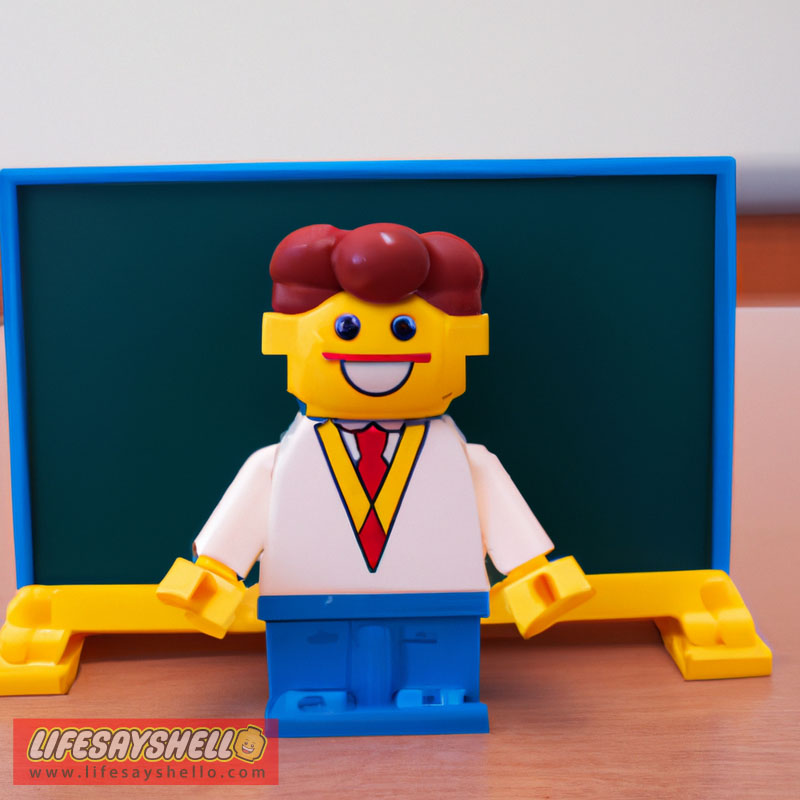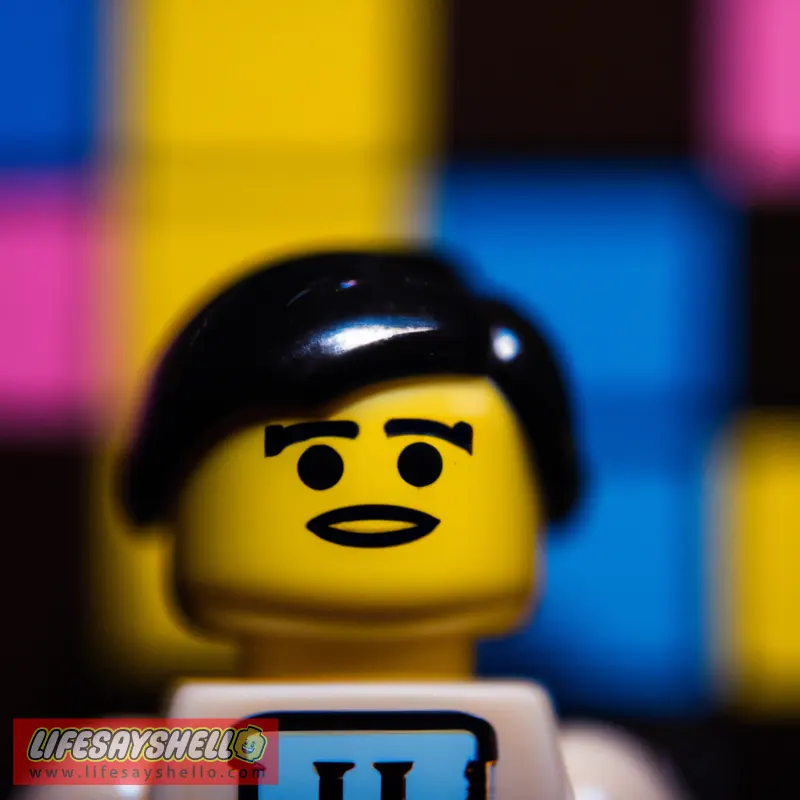Unlocking the Power of Creativity: Discovering the Importance of Imagination in Education

Education is the cornerstone of our society, shaping young minds to take on the challenges of the future. However, often we overlook the power of creativity in shaping these learning experiences.
In this article, we explore why creativity is crucial in education and how tapping into our innate imagination can lead to better emotional development, personal connections, and lifelong curiosity.
Introduction
It's no secret that our rapidly evolving world requires young people to be more adaptable, innovative, and resourceful than ever before. To face these challenges head-on, it's essential that we, as educators, parents, and learners, foster creativity in the educational environment.
In this article, we examine the myriad of reasons why creativity is important in education, revealing its impact on emotional development, personal connections to learning, and igniting of our inherent human curiosity.
The Power of Creativity: Laying the Foundation
Before diving into the nitty-gritty, let's take a moment to establish what creativity is and why it's so integral to our human nature. Creativity, at its core, is the ability to generate original ideas, think outside the box, and discover fresh approaches to existing problems. It's what sets us apart from other animals and drives our desire to explore the unknown, invent new technologies, and shape our ever-evolving world.
Since the dawn of humanity, creativity has fueled our curiosity, leading us to create art, music, and literature as outlets for self-expression. We've built empires and developed cultures that continue to remind us of the everlasting connection between humanity and creativity. In a nutshell, creativity nurtures our innate passion for discovery, fuelling our urge to expand our understanding and conquer new frontiers.
Emotional Development Through Creativity
As mentioned earlier, creativity and emotions are tightly interwoven. This connection often springs from childhood experiences, as emotions tend to drive creative expression in various forms, such as art, music, or storytelling.
Immersing students in creative experiences is essential for fostering emotional well-being and developing essential life skills. By using creativity as a foundation for learning, students not only learn to better express themselves, but they also foster self-awareness, empathy, and emotional resilience.
In addition, creativity can play a significant role in helping learners cope with their emotions. When we confront difficult emotions, creativity can offer a safe space to process and explore our feelings in a constructive manner. Art therapy, for example, is a popular method for promoting emotional healing and emotional intelligence, proving the efficacy of creativity in our emotional development.
Fostering Personal Connections to Learning
There's been a major shift in education, moving from a focus on academic achievements and standardized tests to an emphasis on personal connections and deeper learning experiences. Recognizing the individual capabilities and strengths of each learner, teachers are now placing more importance on creativity as a tool to encourage engagement and active learning.

Recent research suggests that integrating creativity into the K-12 curriculum allows students to forge personal connections to their learning in numerous ways:
- Personalization: By tailoring educational experiences that incorporate students' interests, creativity, and abilities, teachers can create a learning environment that resonates with the learner on a personal level.
- Culture and Identity: Using creative mediums like art, theatre, and music as a means to explore and express cultural and personal identities encourages students to develop a stronger sense of self, consequently motivating them to engage with learning material.
- Cultivating Abilities: Cultivating creative abilities in students can spark their innate entrepreneurial spirit, allowing them to develop problem-solving skills that enable them to tackle real-world challenges.
In this manner, harnessing creativity develops well-rounded, confident learners capable of connecting their experiences to the academic content, ultimately leading to a more wholesome education.
Synthesizing Learning & Enhancing the Learning Experience
One of the most transformative effects of incorporating creativity into the learning experience is its ability to change how students perceive and approach education.
By integrating artistic expression, open-ended questions, and opportunities for innovation, we can encourage students to become more than passive recipients of information – they develop a sense of ownership over their learning, broaden their perspectives, and fully embrace the idea of integrated learning.
Encouraging students to express and share their creative work also bridges the gap between the classroom and the outside world. Sharing their imaginative masterpieces through events such as parent nights, class visits, or volunteer collaborations, students develop a sense of pride, purpose, and connection to their wider community. Consequently, the learning experience becomes a source of empowerment, fostering confident individuals eager to learn and contribute.
As creativity breathes new life into the classroom, students find more meaning and joy in their education. They become active learners, better equipped to tackle complex ideas and problems – and their enthusiasm is highly contagious.
Enhancing 21st Century Skills through Creativity
In the globalized world of the 21st century, learners need to be equipped with a specific set of skills— famously known as the 'Four Cs': critical thinking, communication, collaboration, and creativity. Each of these skills is essential for success in this Information Age where knowledge and innovation are primary drivers of the economy.
Creative thinking encourages students to think outside the box and come up with innovative solutions to problems. It enables them to view things from multiple perspectives, thus improving their problem-solving skills. Moreover, creative lessons tend to be more interactive, promoting communication and collaboration among students.
Through creativity, students are prepared not only to adapt to their future working environments but to reshape them, to seek solutions that step beyond the status quo, and to ultimately drive progress.
Real-World Applications of Creativity: The Success Stories
To emphasize the importance of creativity, let's take a look at some successful real-world applications that have revolutionized the learning experience.
- Singapore: Known for its rigorous education system, Singapore has recognized the necessity of a creative approach to education. To foster innovation and enterprise, Singapore's Ministry of Education has introduced programs aimed at encouraging creativity and critical thinking amongst students. These initiatives have helped Singapore to consistently rank high in global education indices.
- Finland: Finland, a country renowned for its educational system, places a great emphasis on creativity. Finnish students are encouraged to be active learners and to pursue their interests, leading to an education system that is not only successful but also individualistic and student-centric.
These success stories showcase how creativity can not only augment the learning experience but also make a significant impact on a national level.
The Challenges and the Way Forward
While the benefits of fostering creativity in education are overwhelming, incorporating it into the conventional classroom setting isn't without challenges. Teachers often face constraints like time pressure, large class sizes, and a rigid curriculum that makes it difficult to provide creative and personalized learning experiences.
To overcome these obstacles, we need to rethink our pedagogical approaches and support our teachers with the necessary resources, professional development, and flexibility to foster creativity in their classrooms. By making a systemic effort to nurture creativity, we can hope to prepare our learners better for the opportunities and challenges they would face in their future lives.
Conclusion
Unlocking the power of creativity in education is, without doubt, a transformative process. It not only enhances the learning experience but also acts as the building block for critical 21st-century skills.
Creative education conveys a message of possibility to learners - that they are not just observers, but innovators who can shape the world. Fostering creativity in education gives wings to curiosity, courage to innovate, and the resilience to face the challenges of the future.
So let's empower the creators of tomorrow by fostering their creativity today.




Comments